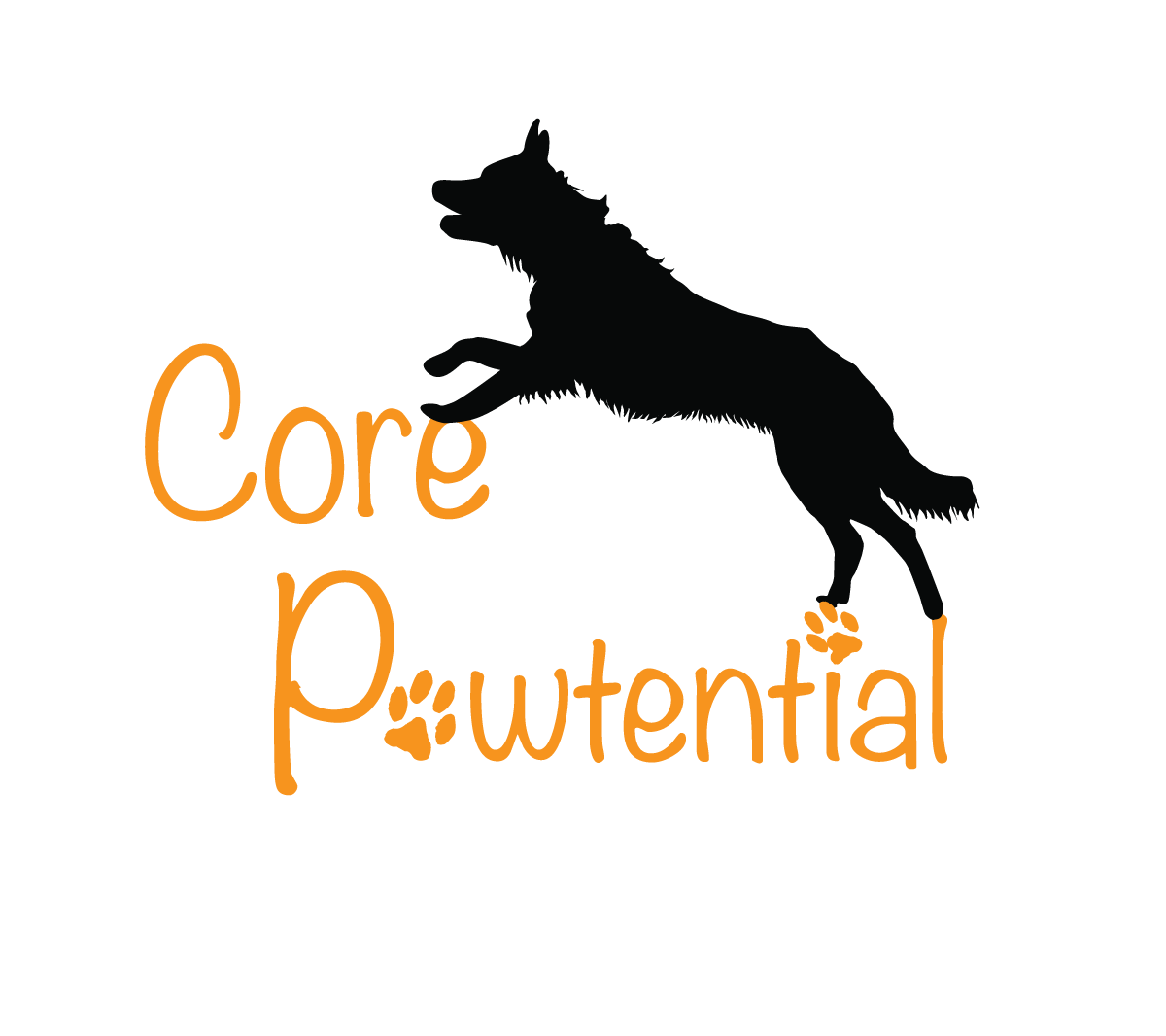Functional Fitness: Foundation
Dogs, for the most part, are born to be active animals. Even though some may prefer to be couch potatoes and/or enjoy a more sedentary lifestyle, being able to move remains an essential part of their well-being. Being able to move means they can eat, get a drink of water, locate ideal (to them) places for elimination, explore their surroundings, and find a cozy place to rest.
Here are three foundation FUNCTIONAL FITNESS exercises that can be easily incorporated into your dog’s everyday life. The primary goal of these fitness exercises is to help improve your dog’s everyday functioning as they navigate their surroundings. The secondary goal is to allow you the opportunity to assess your dog’s functional fitness on a regular basis, so that you can identify potential issue(s) of concern and seek appropriate veterinarian care as soon as possible. These FUNCTIONAL FITNESS exercises require no pre-requisite skills on you (the handler) or your dog’s part.
FUNCTIONAL FITNESS EXERCISE 1:
Move between two targets
Goal:
Move back and forth between the two targets in a repetitive manner
Aim for a gait that is comfortable for the dog (usually walk or trot)
Benefits of this exercise:
Promotes balance and endurance
How is this exercise FUNCTIONAL?
The back and forth movement is similar to the dog’s movement as they go about their everyday lives
The repetitive nature of this exercise builds a pattern, which can be calming (dog expects a treat from the bowl -> dog goes to the bowl -> dog eats the treat). This further promotes natural movement in a speed that is comfortable to the dog
As the dog moves in their natural gait, we can establish a baseline for the dog’s natural movement. This allows us to assess any deviation from their natural gait and identify potential issue(s) of concern for early treatment
FUNCTIONAL FITNESS EXERCISE 2:
Step up, step down
Goal:
Step up and down a slightly elevated surface with their front and hind feet
Aim for independent foot movement at each step
Benefits of this exercise:
Promotes balance and body awareness, improves strength
How is this exercise FUNCTIONAL?
This exercise is mimics the movement of going up/down things the dog may encounter in their everyday life (e.g., going up/down stairs/steps/couch, getting in/out of car)
A dog with good body awareness (i.e., knowing where each foot is in relative to their body) is less likely to lose balance, thus reducing risk of injury
Front feet up shifts weight to the back, strengthening the muscles on the hind feet. Hind feet up shifts weight to the front, strengthening the muscles on the front feet. Weight shifting also engages the core muscles to maintain balance
FUNCTIONAL FITNESS EXERCISE 3:
Circles
Goal:
Go around in a circle, clockwise and counter-clockwise
Aim for controlled steps instead of “swinging” the body around
Benefits of this exercise:
Promotes flexibility and balance
How is this exercise FUNCTIONAL?
This exercise is simulates the dog’s movement of bending laterally (i.e., sideways) in their everyday life (e.g., go around the coffee table, turn corners, scratch an itch)
A dog with better flexibility means they have a better range of motion, which reduces risk of injuries
Better posture is more likely to be achieved with improved flexibility
If your dog is not feeling well and/or has prior injuries, please consult your veterinarian prior to implementing any new exercise program.
For dogs with no known injuries and/or illnesses, these three foundation FUNCTIONAL FITNESS exercises are safe and appropriate for healthy dogs of all ages, from wee puppies to senior dogs. These exercises are also easy to implement - you can do them right before you feed the dog, during walks, or even during TV commercials!
Try them with your dog and let me know how it goes.
Happy training!

